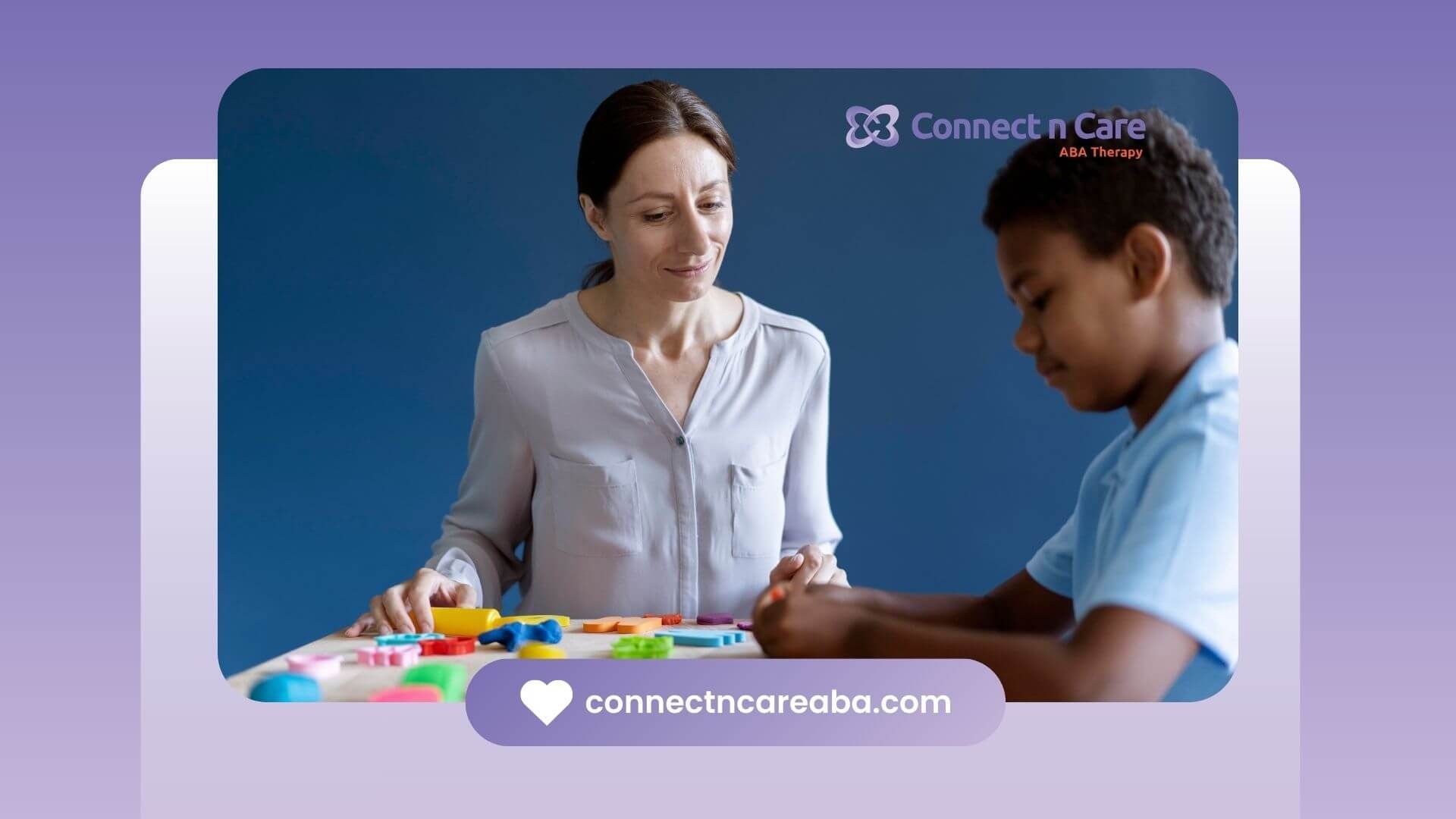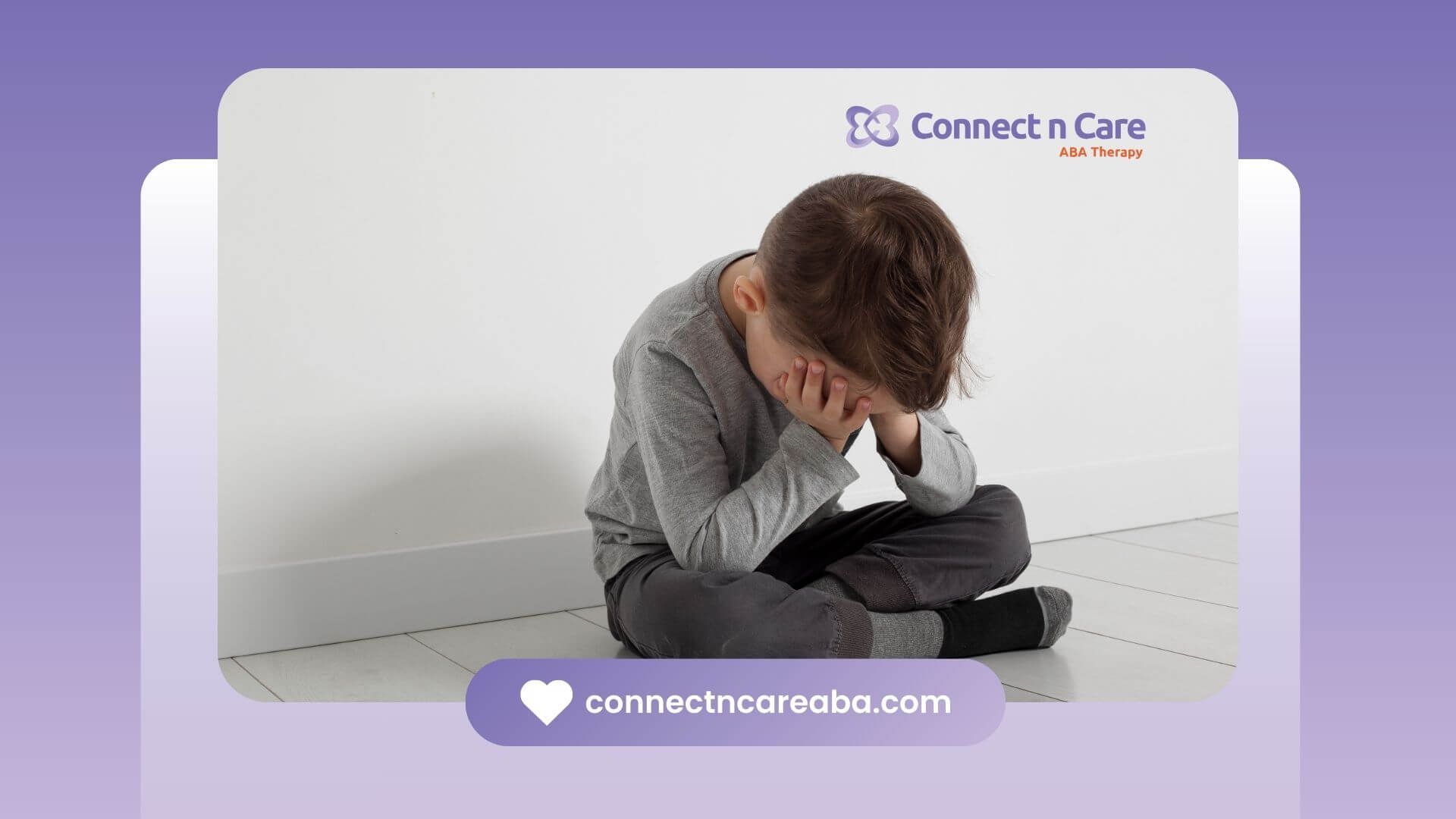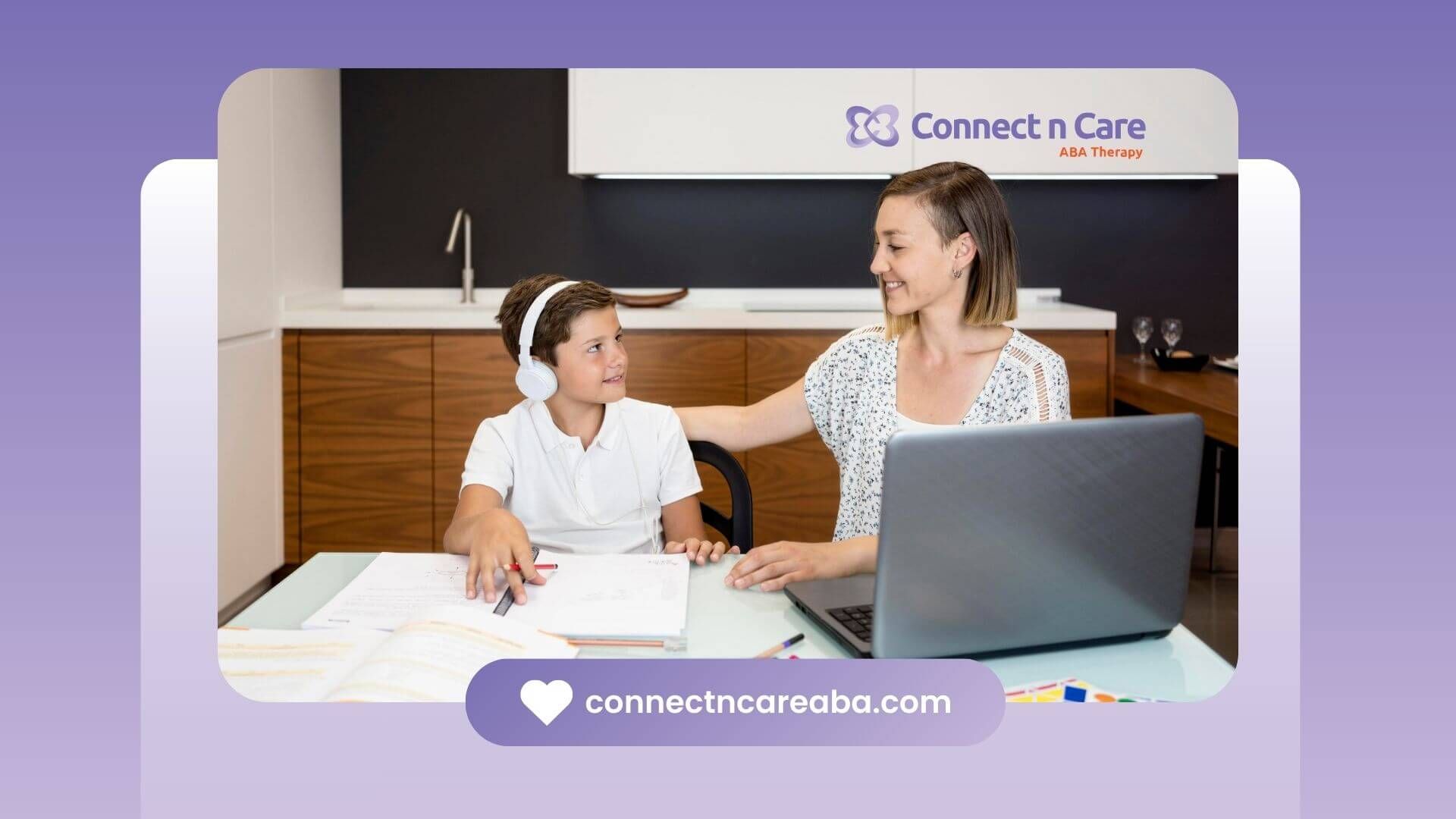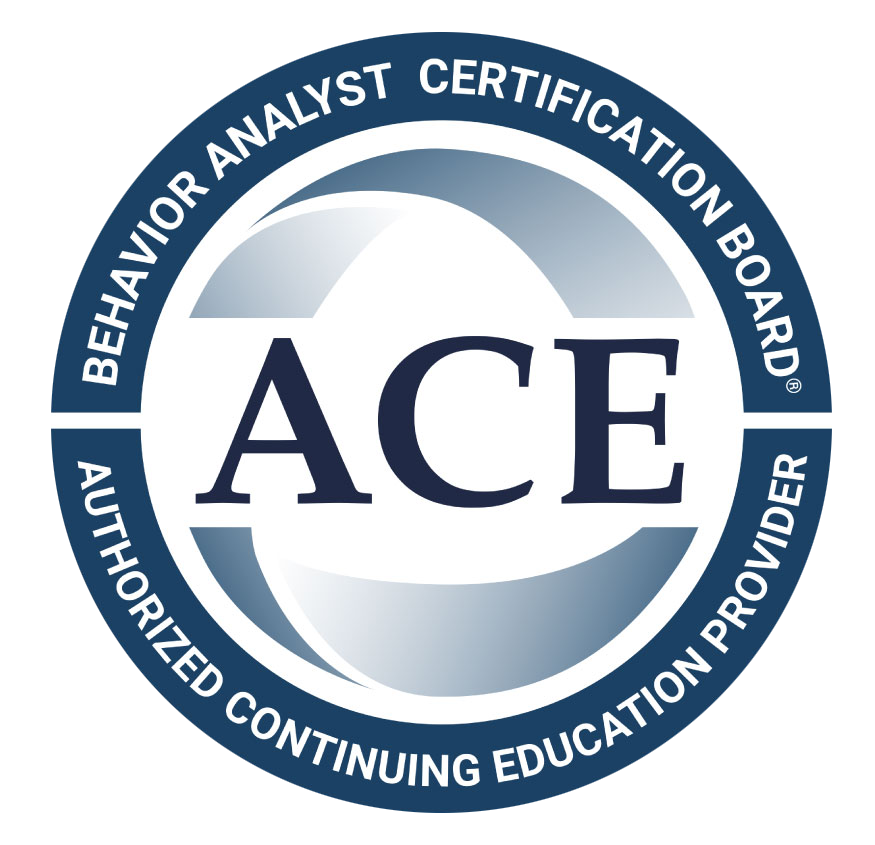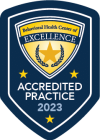Wondering what are the red flags for autism in a 2-year-old? The most common early signs include limited or no eye contact, not responding to their name, delayed or unusual speech development, and repetitive behaviors like rocking, hand flapping, or lining up toys. Other red flags for autism in a 2-year-old are a lack of interest in social interaction, difficulty understanding or responding to social cues, and sensory sensitivities—such as being overly sensitive or unresponsive to lights, sounds, textures, or smells.
Some children may also use challenging behaviors, like tantrums, instead of words to communicate, or lose language skills they previously had. Not all children with these signs have autism, but if you notice several of these behaviors, it’s important to seek a professional evaluation for early support.
Early detection makes a difference. If you’re concerned about your child’s development,
call Connect n Care ABA today—let’s help your child thrive with the right support.
Frequently Asked Questions (FAQs)
What is the biggest red flag for autism?
Lack of response to name and limited eye contact are considered major early red flags for autism in toddlers.
What does level 1 autism look like in a 2-year-old?
Level 1 autism may appear as mild social difficulties, some repetitive behaviors, and minor delays in language or play skills.
What does high-functioning autism look like in a 2-year-old?
High-functioning autism in a 2-year-old can include good language skills but challenges with social interaction, eye contact, or repetitive play.
What is borderline autism in a 2-year-old?
Borderline autism describes children who show some but not all signs of autism. They may have mild social or communication difficulties, but don’t meet full diagnostic criteria.



